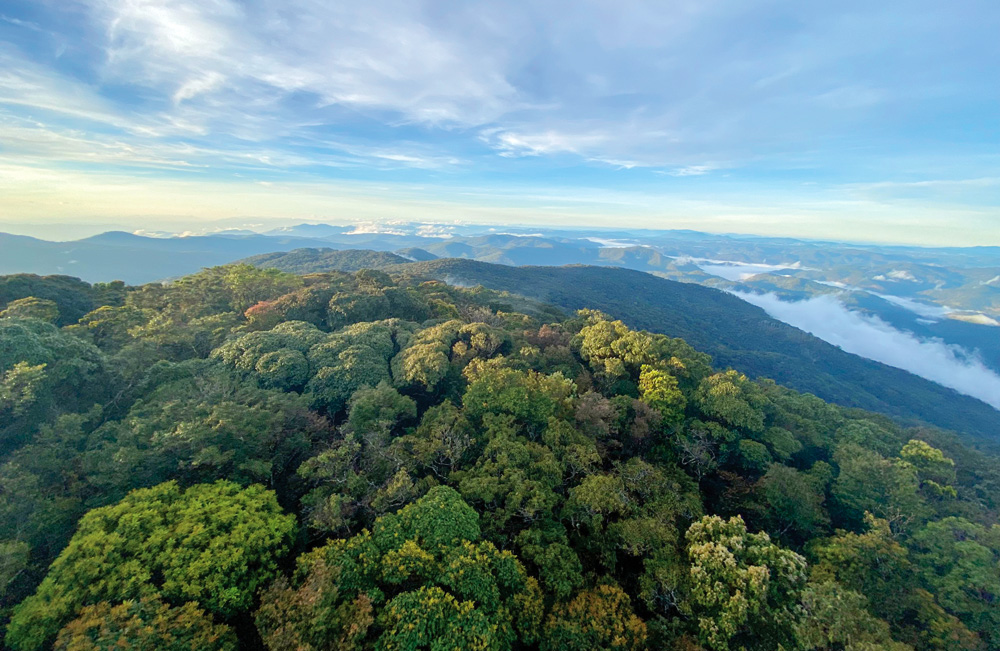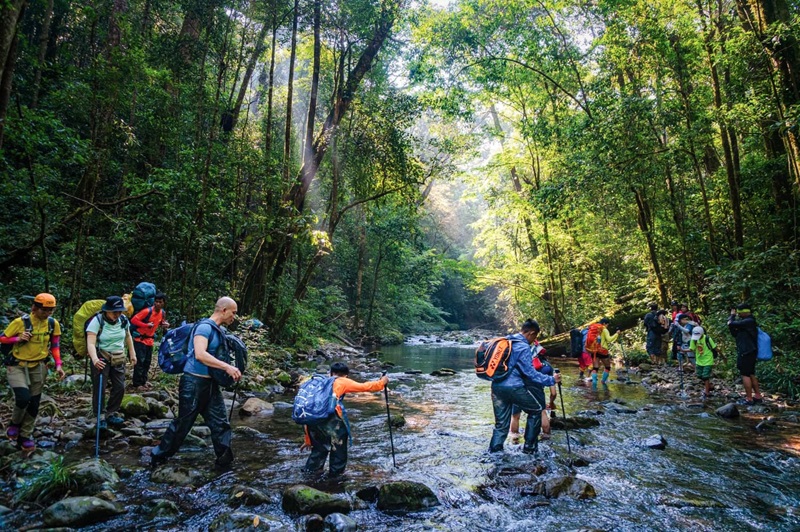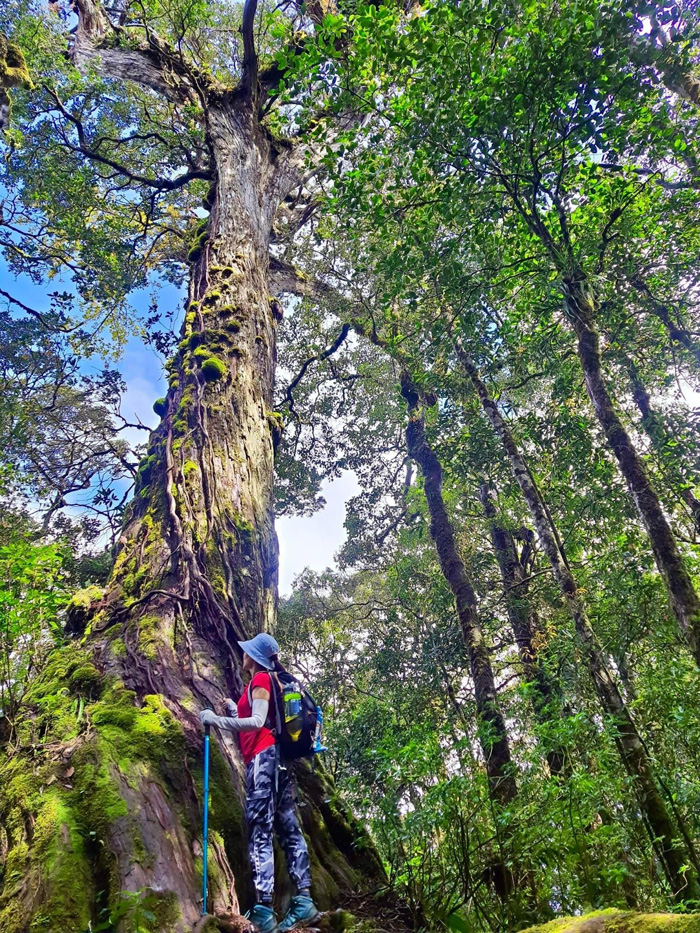(TITC) - Bidoup - Nui Ba National Park in Lam Dong Province is an ideal destination for tourists who want to explore wild nature, enjoy fresh, cool air and the subtropical forest ecosystem, with hundreds of animal species and thousands of plant species…
Bidoup - Nui Ba National Park was established in 2004, located in the administrative area of Lac Duong District and part of Dam Rong District, with the function of preserving forest ecosystems in the subtropical climate zone, high mountains and endemic and rare forest flora and fauna; linked with adjacent national parks and nature reserves to form a large natural area, contributing to biological conservation in the Da Lat Plateau, the Southern Central Highlands and the South Central region.
With an altitude of 2,287m, Bidoup is known as the "roof of Lam Dong", majestic and tall among the mountains and forests. In addition, Bidoup almost occupies the entire Langbiang plateau (also known as Lam Vien plateau). With the particularly interesting subtropical forest ecosystem, hundreds of animal species and thousands of plant species, Bidoup - Nui Ba National Park is a part of Langbiang World Biosphere Reserve recognized by UNESCO in 2015, and an ASEAN Heritage Park (2019).

Bidoup - Nui Ba National Park with a rich and diverse ecosystem. Photo: CT.
According to the International Center for Tropical Forest Research, Bidoup - Nui Ba National Park has up to 326 species of wild orchids out of a total of more than 1,250 orchid species in Vietnam. Among them, there are many beautiful endemic orchid species named after this land such as Dendrobium langbianense, Langbiang Gladiolus orchid, Bidoup vanda… Currently, many species of parasitic orchids are blooming on ancient trees, making the nature here even more poetic. Besides, Bidoup peak is surrounded by vast wild forests with diverse flora and fauna systems. Therefore, the journey to discover Bidoup – Nui Ba is also a journey to conquer the rich jungle nature.

The journey to discover nature at Bidoup – Nui Ba National Park gives visitors many attractive experiences. Photo: TV.
Bidoup – Nui Ba National Park is located in the endemic bird area of the Langbiang plateau, with 301 recorded species. Early in the morning, visitors can walk around the pine hills and watch common birds such as yellow-bellied titmice.
In Bidoup – Nui Ba forest, visitors will always encounter many species of perennial trees with surprisingly large trunks, such as cho sot (Schima crenata), cho nuoc (Platanus kerrii), pomu (fokienia hodginsii), thong nang (brownlowia denysiana), thong cham, thong nam la (dacrycarpus imbricatus, this is a very rare plant, accounting for a small percentage, only found on some high mountain peaks including Nui Ba), ngo tung, thong hai la det (pinus krempfii, is a rare pine species in the world, its trunk can be 4m wide and over 20m high). In addition, there are also magnolia hypolampra, camphor, podocarpaceae,... The forest here also has a number of precious medicinal plants: blumea balsamifera, schefflera heptaphylla (L.) Frodin, achyranthes bidentata,... In particular, there is also an ancient Pomu tree (Fokienia hodginsii) about 1,300 years old. The pomu tree is the driving force for climbers to overcome slopes.

Ancient pomu tree (Fokienia hodginsii) about 1,300 years old in Bidoup - Nui Ba National Park. Photo: TV
For additional interesting experiences, visitors can camp halfway up the mountain and watch the sunrise the next morning. Halfway up Bidoup Mountain is an open, relatively flat area of land to camp. This is also the intersection of two forest types, so the scenery is extremely beautiful. This area is deliciously suitable for a night of chatting, enjoying delicious food, in the middle of a large, pristine space with peaceful pine trees. Note that the evenings in Bidoup will be cold, the addictive cold typical of the plateau.
To fully explore Bidoup - Nui Ba National Park, visitors should choose an appropriate time period. Lam Dong is characterised by mild and cool weather all year round. Visitors can visit Lam Dong and Bidoup - Nui Ba National Park at any time. However, the time to fully enjoy the beauty of this place is from December to April every year.
At this time, Bidoup - Nui Ba is entering spring, the weather is extremely dry, airy and warmer. Because there is no rain, the journey will be easy and less slippery. This is also the time when azaleas, orchids and many other plants bloom, turning the forest into its most brilliant colours. Rainy season (during September - October) is when visitors should avoid going to Bidoup. Wet weather will easily cause conditions such as landslides, flash floods, and very dangerous slippery conditions.
Exploring Bidoup - Nui Ba National Park will be an extremely interesting experience for any tourist coming here. If you plan to explore Bidoup - Nui Ba National Park in the near future, please plan and prepare carefully for this experiential travel journey.
Tourism Information Technology Center